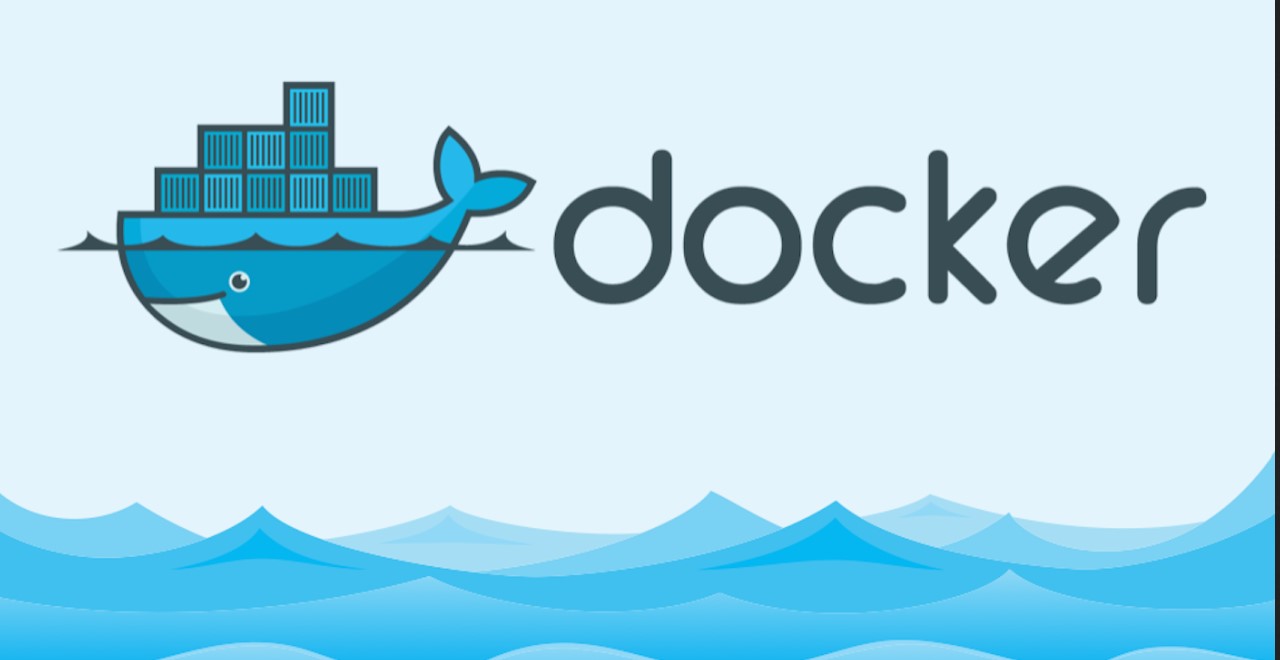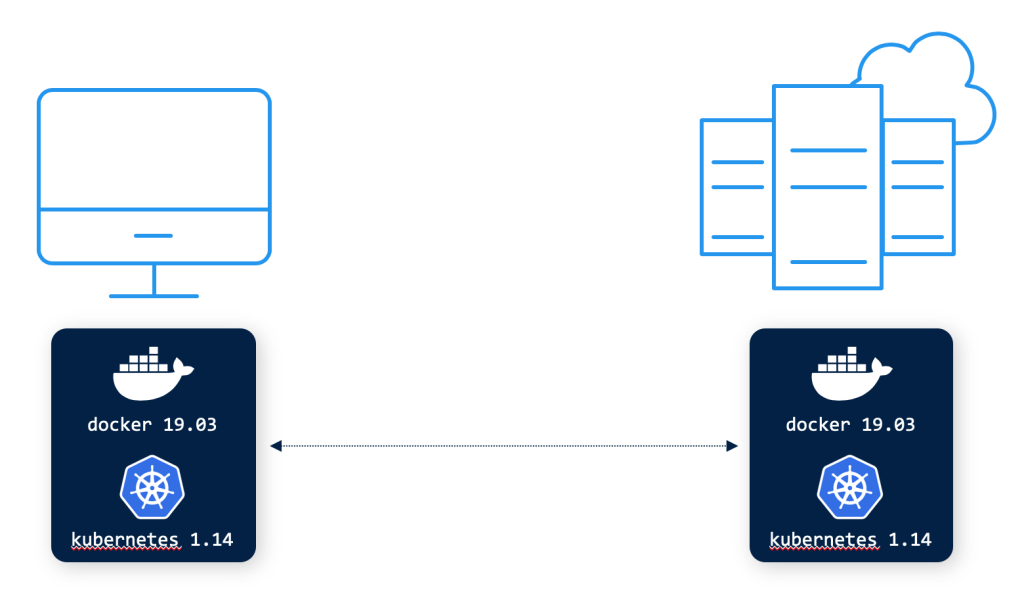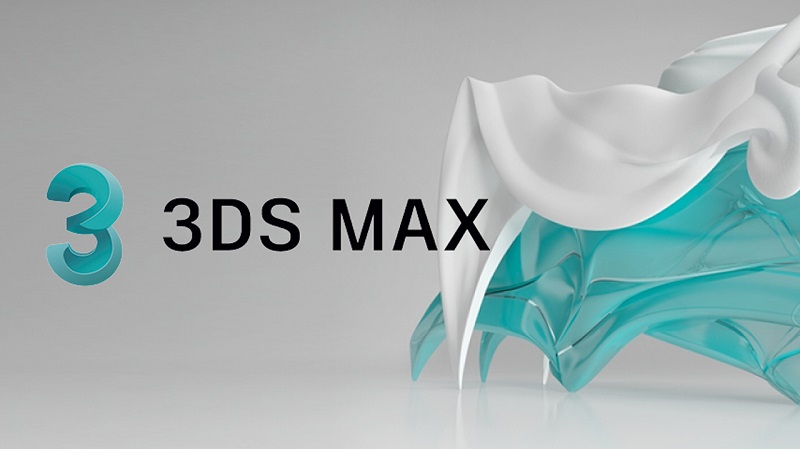
The Future of Docker: Transforming Containerisation
Containerisation has revolutionised software development, and Docker has been at the forefront of this change. As we approach 2025, the landscape of containerisation continues to evolve, driven by emerging technologies, enhanced security protocols, and the growing demand for cloud-native solutions. This article delves into the future of Docker, highlighting its transformative role in shaping the next generation of application deployment and management.
The Rise of Advanced Container Orchestration
With the rapid adoption of Kubernetes and other orchestration tools, Docker has had to adapt to the changing ecosystem. As enterprises seek to manage thousands of containers seamlessly, Docker’s integration with orchestration platforms has become more critical. This synergy ensures streamlined operations, scalability, and efficiency in multi-cloud environments. Container orchestration allows organisations to deploy applications more reliably, reducing manual intervention and ensuring faster response times to business needs.
One major driver of this change is the increasing complexity of microservices architectures. Modern applications often consist of numerous microservices that need coordination, which orchestration tools like Kubernetes provide. Docker complements these tools by offering a seamless containerisation experience, ensuring that containers are portable and consistent across different environments.
Furthermore, Docker’s orchestration advancements cater to hybrid cloud strategies. Organisations increasingly combine on-premises data centres with cloud environments to optimise costs and flexibility. Docker ensures that containers function uniformly across these diverse setups, maintaining performance and security.
Key Developments in Orchestration
One of the notable advancements is Docker’s ability to integrate with Kubernetes clusters more effectively, offering features like automated scaling, load balancing, and real-time monitoring. These innovations reduce the overhead for development teams, allowing them to focus on application logic rather than infrastructure management. Additionally, Docker Swarm, while less dominant, continues to receive updates, making it a viable choice for smaller-scale operations. This dual focus enables Docker to cater to organisations of varying sizes and technical requirements.
Enhancing Security in Containerisation
Security remains a top concern in the container ecosystem. Docker has consistently evolved its security mechanisms to address vulnerabilities and ensure robust protection against threats. The future of Docker is likely to focus heavily on zero-trust architecture, image scanning, and runtime protection to safeguard applications. As cyber threats grow more sophisticated, Docker aims to provide tools that enable developers to build secure applications without compromising agility.
One area of focus is secure software supply chains. Docker ensures that all components of the containerisation process, from base images to application code, are verified and free from vulnerabilities. Developers are increasingly adopting DevSecOps practices, integrating security checks throughout the development lifecycle. Docker supports this shift with tools that automate security testing and provide actionable insights.
Additionally, Docker is addressing compliance requirements. As regulations around data protection and software integrity tighten globally, Docker’s features help organisations meet these standards. This includes robust auditing capabilities, secure multi-tenancy environments, and enhanced access controls.
Next-Generation Security Features
Future updates to Docker are expected to include enhanced image provenance, secure multi-tenancy features, and integration with advanced threat detection systems. These improvements aim to bolster trust in Docker as a secure platform for modern application development. By incorporating machine learning models for anomaly detection, Docker enables proactive identification of security risks, ensuring uninterrupted operations for enterprises.

Expanding into Edge Computing
Edge computing has emerged as a significant trend, and Docker is poised to play a central role in its proliferation. The ability to deploy lightweight containers at the edge enables faster processing, reduced latency, and more efficient use of resources. This capability is particularly vital for IoT applications and remote operations. Edge computing leverages Docker to bring cloud capabilities closer to the source of data generation, ensuring real-time decision-making and improved user experiences.
The convergence of 5G technology and edge computing amplifies Docker’s relevance. As 5G networks enable faster data transfer and lower latency, Docker containers can efficiently manage edge workloads, from autonomous vehicles to smart city infrastructures. This integration allows developers to innovate without being constrained by traditional infrastructure limitations.
Moreover, Docker supports the decentralisation of computing resources. By enabling applications to run on edge devices, it reduces the dependency on centralised cloud infrastructure. This approach minimises latency, enhances data privacy, and ensures business continuity even in network-limited scenarios.
Docker’s Edge Solutions
Docker is innovating with tools designed for edge deployment, such as smaller base images and optimised runtime environments. These advancements allow developers to bring containerisation to devices with limited resources, unlocking new possibilities for edge-driven technologies. For instance, healthcare organisations use Docker containers to process patient data locally, ensuring compliance with privacy regulations while delivering rapid results. Such use cases highlight the transformative potential of Docker in the edge computing landscape.





